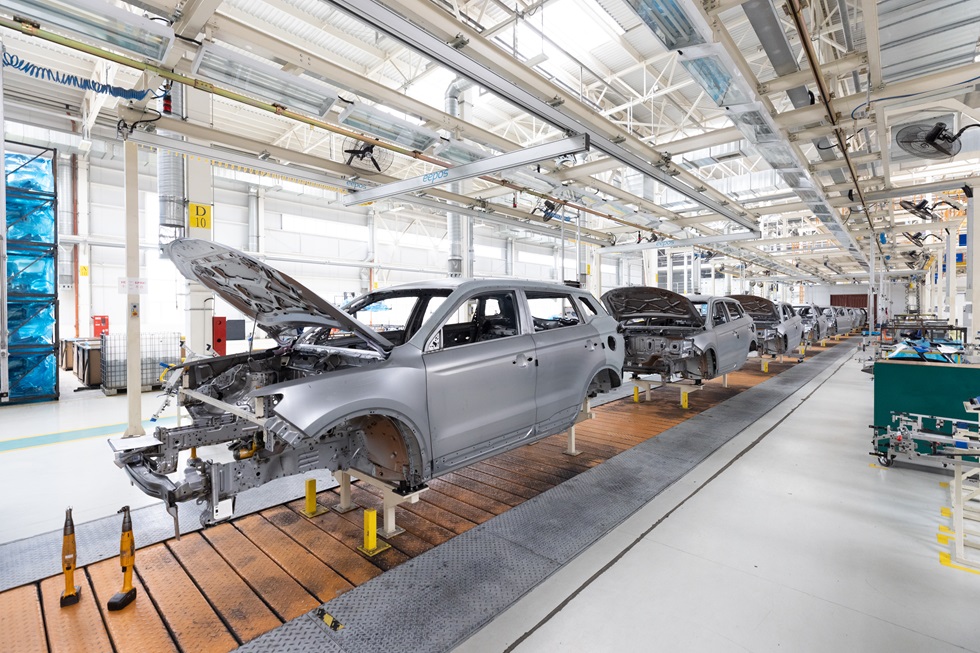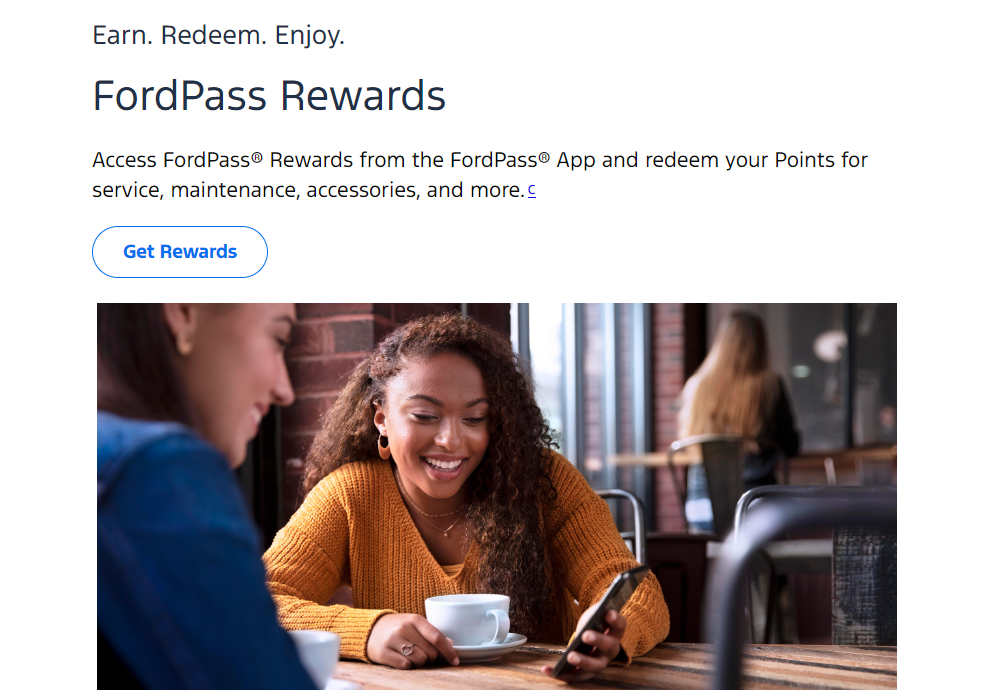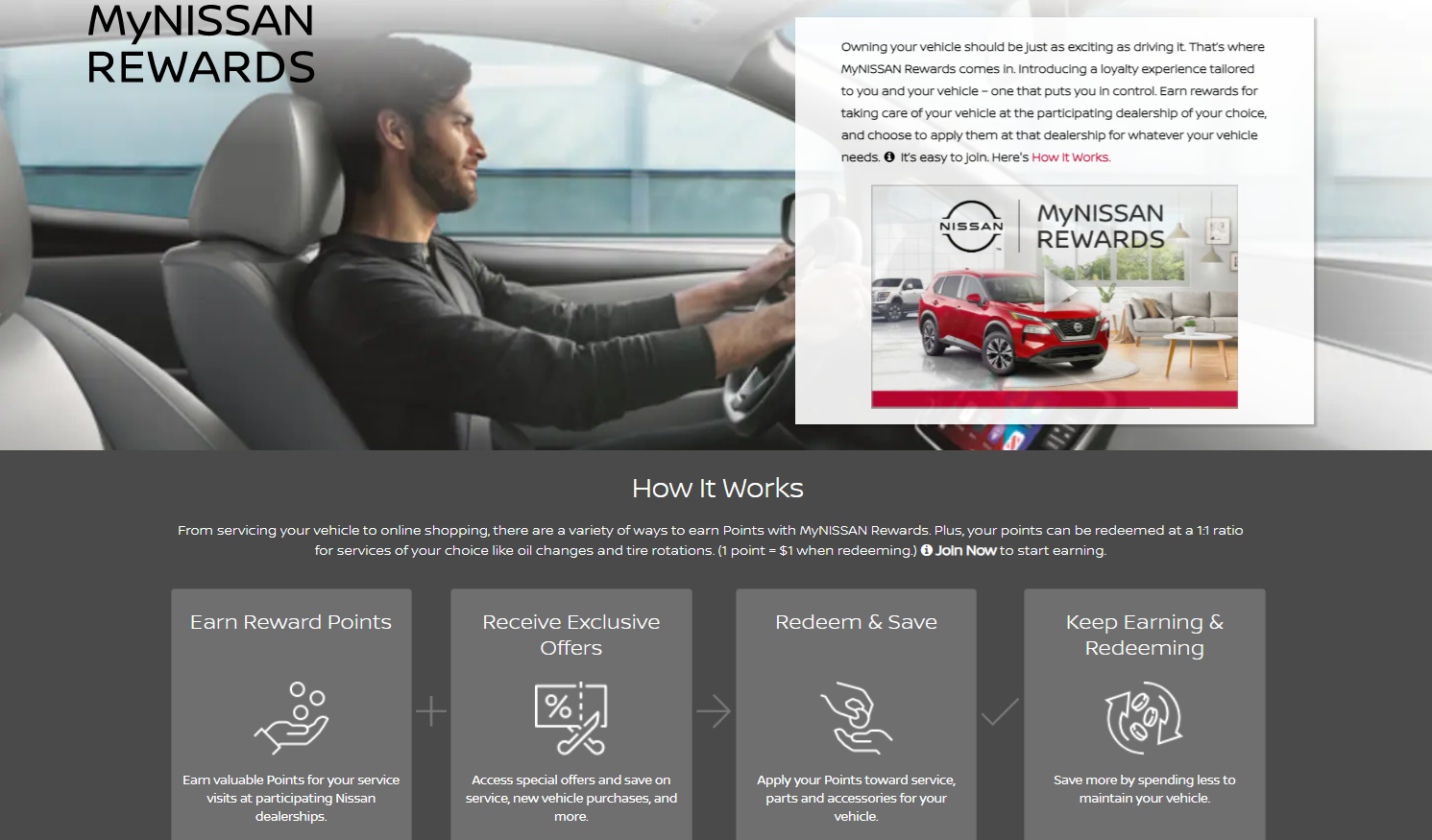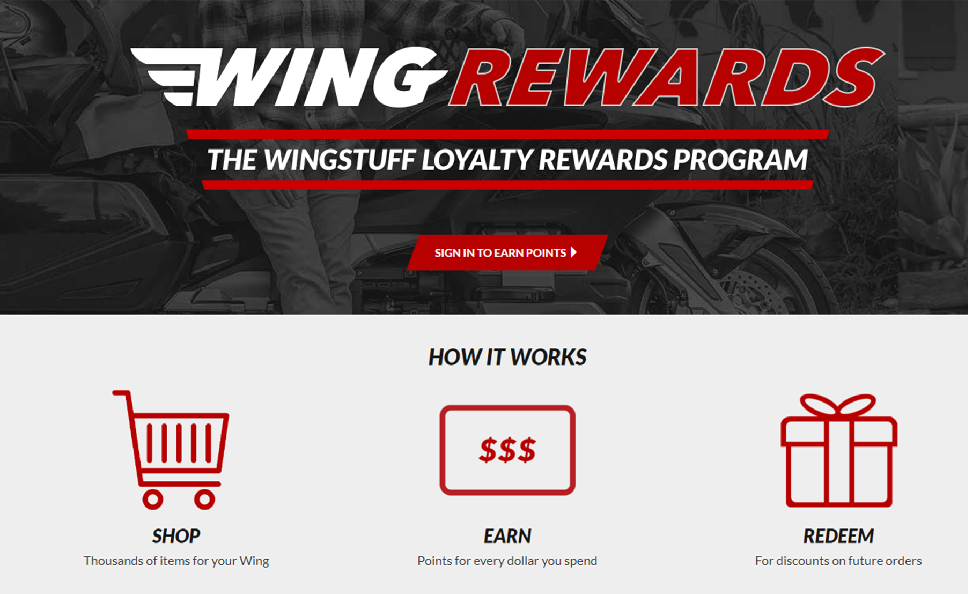


The automobile industry has undergone significant changes in recent years. Hence, car manufacturers, dealers, repair shops and ride-sharing services need to outdo their competitors while remaining profitable.
A possible solution to this problem is the introduction of automotive loyalty programs. Such programs were not traditionally associated with the automotive retail business; however, car-based rewards systems are now proving effective at driving KPIs for companies in this space.

McKinsey’s survey on automotive purchasing habits produced two interesting points that massively benefit auto manufacturers and dealers.
Post-pandemic purchase intent for cars, particularly EVs, has gone up due to government incentives offered.
The after-sales service outlook as numerous customers are now going for quick vehicle repairs rather than waiting on them.
This represents the underlying objective of customer engagement, which is to drive loyalty so that customers will come back repeatedly.
Automotive loyalty programs are strategic initiatives designed to enhance engagement, retention, and satisfaction across the automotive ecosystem. These programs cater to various stakeholders, including consumers, dealerships, and other channel partners ensuring that each party benefits from continued interaction and collaboration.
The automotive industry faces challenges with low purchase frequency, primarily due to the minimal touchpoints between car makers and dealerships for customers.
This scarcity of interactions makes it difficult to gather reliable customer information and provide personalized services.
Another significant challenge is the extended gap between motor vehicle purchases.
This delay complicates efforts to build customer loyalty and educate consumers about new products, as the intervals between purchases reduce opportunities for engagement.
Automotive loyalty programs must focus on creating more touchpoints with customers, collecting relevant information, and offering personalized services to address these challenges.
Establishing consistent and meaningful interactions is crucial for overcoming the barriers posed by infrequent purchases and long gaps between them.

Automotive loyalty programs for consumers are designed to enhance customer retention and engagement.
These programs offer a range of incentives, such as discounts, rewards, and exclusive services, that encourage customers to continue purchasing from the same brand or dealership. The primary goal is to increase customer lifetime value by creating a sense of brand loyalty and repeat business.
Several components can be used to create car brand loyalty programs. If you want to excel and attract customers' attention, the following elements should be well executed.
Below are some of the most important features that companies desiring to launch outstanding automotive loyalty programs must have:
The best brand ambassador is the satisfied customer himself. So why not use them to get more customers?
A referral program differs from a loyalty program in that, while the former rewards customers for repeat purchases, the latter rewards their recommendations about your brand to family and friends. Regardless of whether it’s called a royalty or referral program, this will enlarge the customer base with satisfied clients.
Customer loyalty is nothing else but personalized service. This means that brands could enable their customers to redeem points for either discounts, upgrades or accessories depending on what they feel suits them best as per information in their customer database which is supposed to be an important part of any decent loyalty programme initiative. In conclusion, an easily redeemed reward offers more power to the buyer aiding in obtaining better customer engagement by brands themselves.
Loyalty programs can also spice things up by making it fun and engaging. Create a special loyalty app that records gamified data whenever a customer buys a car. The inclusion of such factors as driving behavior or car maintenance would give the consumers the feeling of ownership and hence make them eligible for earning loyalty scores.
Loyalty programs have greater value if they form partnerships with other brands. For instance, as a member of an auto brand’s loyalty program, you can enjoy exclusive discounts and incentives while buying accessories, making service appointments or even insuring at authorized service providers which are approved by the company. Such collaborations are known as Coalition loyalty programs which improve customer experience and build brand loyalty for both companies.
Partner networks, such as dealers and service centers, offer a diverse range of rewards that significantly enhance the customer experience.
These perks may include complimentary treats at preferred gas stations or substantial discounts on car parts at affiliated body shops. The reward catalog is designed with convenience in mind, making it essential to leverage these partnerships effectively to maximize the value and appeal of the loyalty program.
A VIP program should be created with multiple levels of tiers that encourage your best customers to upgrade based on a purchase or points spent.
By providing exclusive advantages like reserved slots for test drives of the newest models, access to privileged events and previews of the latest news from the motoring industry, you can install loyalty into top-tier customers.
Most customers agree that they would be more willing to make a repeat purchase after being rewarded for their loyalty. This explains the need to encourage clients with various incentives and enticements to engage in multiple activities which, in turn, acts as a strong hook for future purchases.
Ford’s ‘FordPass’ reward program is the best portrayal of customer loyalty when it comes to the automobile industry. It has got higher earning rates amongst automotive cards, special financing plus points; all redeemable towards vehicle sales and service across Ford dealerships.
If used in making daily purchases, this card may help you save money on the regular cost of maintaining your current car or direct it towards your next Ford.

The ‘One to One Rewards’ by Nissan are customer engagement programs at different levels and among the best customer loyalty programs in the automobile business. Nissan also gives away a Nissan Visa Card and one can earn five points per dollar at Nissan showrooms or on gas.

‘Wing Rewards’ by WingStuff is a loyalty rewards program that will allow you to earn points which can be used for future discounts on purchases at WingStuff. The program has three tiers and as one moves up to higher tiers, they can gain progressive advantages.

While customer loyalty programs focus on retaining individual consumers, Channel partners loyalty aim to strengthen relationships within the automotive supply chain. These programs target dealerships, service centers, and other channel partners to encourage increased sales, promote brand alignment, and foster long-term partnerships.

These programs often offer tailored rewards to dealers and distributors, such as bonuses for hitting sales targets, exclusive access to new products, or support in marketing efforts.
Loyalty programs for channel partners might include access to training, marketing materials, and technical support, helping partners better serve their customers and increase sales.
By aligning the goals of manufacturers and their partners, these programs encourage mutual growth. Manufacturers may offer incentives for expanding into new markets or increasing sales volume, benefiting both parties.
Regular communication and engagement are key to successful dealer loyalty programs. This might include regular updates, feedback sessions, or joint planning meetings to ensure both the manufacturer and the dealer are aligned in their objectives.
GM's Standards for Excellence (SFE) program is designed to improve dealership performance by offering financial rewards to dealers who meet specific criteria related to sales, customer service, and training. This program helps ensure that dealers maintain high standards in their operations, contributing to better customer experiences and higher sales.

Car Dealership Loyalty Programs are Vital for long-term partnership
By promoting true customer loyalty, these automotive loyalty programs offer numerous possibilities to drive you further towards success in this business sector. When adding a consumer loyalty scheme to your car brand, there are no speed limits on the road to customer success!
Thriwe provides exceptional data on B2B loyalty programs, among other things to encourage your dealerships. These programs are designed for all types of customers and can be customized according to your goals and preferences. Click here for more information.